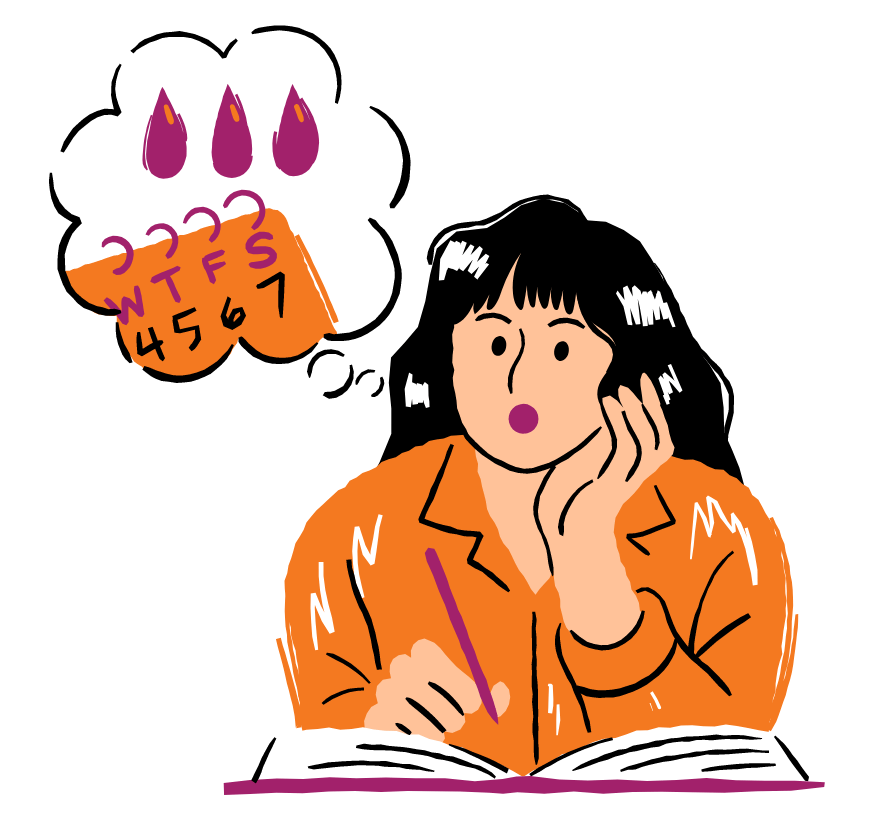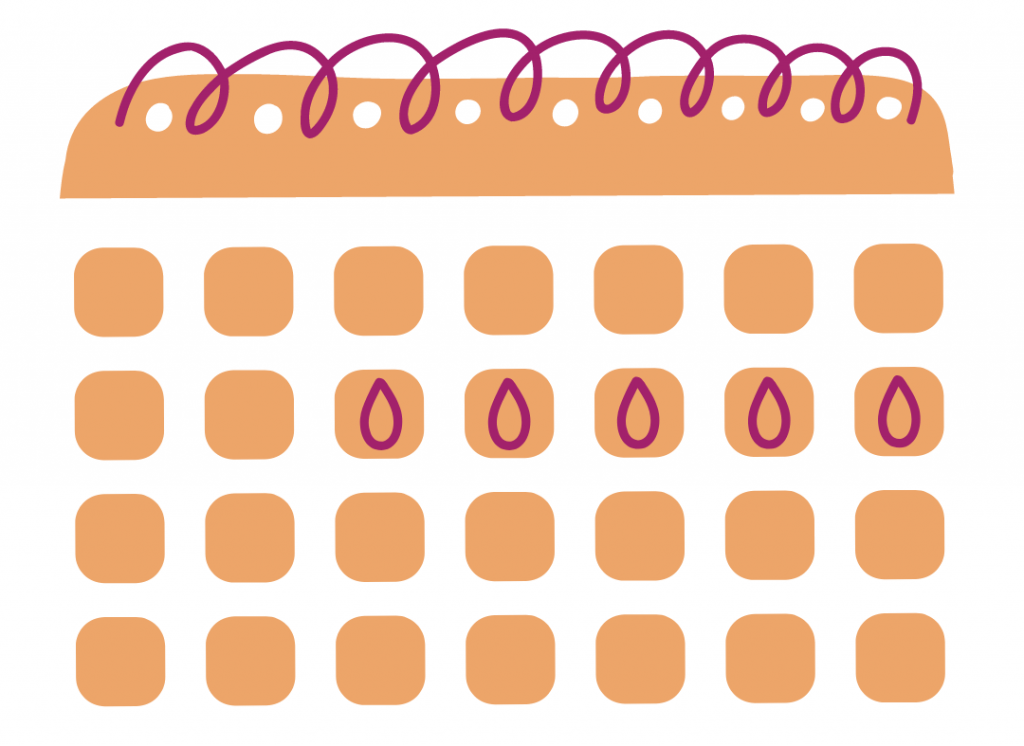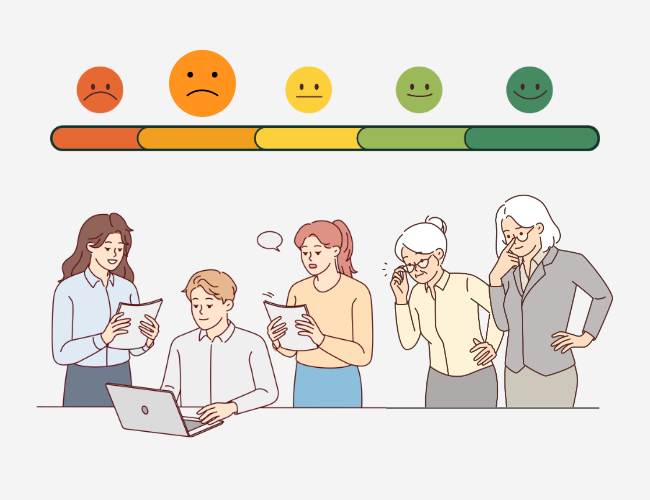Spain has become the first European country to pass a law that allows employees with painful periods to take paid menstrual leave from work, a move hailed as a “historic day of progress for feminist rights.” The law gives the right to a three-day leave of absence, which can be extended to five days for those with disabling periods. The leave requires a doctor’s note and will be funded by the public social security system.
This article explores the idea of menstrual leave in the workplace, provides a list of countries offering such policies, and outlines considerations for companies planning to implement a menstrual leave policy.

Pressed for time? Here’s a quick summary…
- Menstruation is often associated with shame, yet millions of employees menstruate every day.
- Menstrual leave is not common in the US, but it has gained popularity in parts of Afro-Eurasia.
- Menstrual leave has the potential to combat the stigma surrounding menstruation, but experts believe it could have the opposite effect. Companies should pair policies with companywide education to debunk menstruation myths.
- Companies should include menstrual discrimination in anti-discrimination policies and prioritize employees’ privacy.
- Companies can expand their leave policies instead of implementing menstrual leave.
Exploring Menstrual Leave In The Workplace

With women being a large and growing part of the workforce, the menstrual leave policy is widely impactful. Between 15% and 25% of people who menstruate experience moderate to severe cramps, and this policy encourages those who have been told to “work through the pain” to honor their cycles, taking time off to manage their menstrual health. It also encourages those suffering from debilitating symptoms to seek medical help.
This policy could be a crucial step toward combating the stigma surrounding menstruation. Despite millions of workers menstruating every day, it has been associated with shame and fear. In fact, over half of workers on their period rather tell their boss they have diarrhea. By acknowledging menstruation as a natural biological process rather than a disorder, this policy addresses the normalcy of its chronic symptoms, such as physical pain, fatigue, brain fog, and anxiety. It encourages individuals to take care of themselves without feeling ashamed, nurturing an inclusive and healthy work environment.
However, some experts worry that taking menstrual leave might have the opposite effect on reducing stigma by reinforcing the myth that menstruators are unproductive or incapable of working during their periods. This could result in discrimination against women in hiring and promotion decisions, as those who take menstrual leave may be mistaken for being less committed to their jobs.
It could also exacerbate the issue of separating gynecological health from other health concerns, particularly for conditions like endometriosis that cause debilitating periods. Despite being classified as chronic illnesses, treating these conditions with a separate leave policy could result in marginalization rather than regarding gynecological health as equally significant as other health concerns.
Countries Offering Menstrual Leave
While uncommon in the US, menstrual leave has been adopted by some US companies and several parts of Afro-Eurasia. Below are countries that currently offer menstrual leave.
- Japan introduced menstrual leave in 1947, mandating that employers cannot require women who experience painful menstruation to work those days.
- Indonesia introduced a policy in 1948 and restructured it in 2003, allowing women to take the first two days of their menstrual cycle off work if they experience pain.
- South Korea grants women a one-day “physiological leave” each month.
- Taiwan allows women to request a day off for menstrual leave each month at half their wage. If more than three such leaves are taken in a year, the rest are counted towards sick leave.
- Vietnam gives women three days of menstrual leave a month and stipulates a 30-minute break for every day of their menstrual cycle. Women employees who do not take menstrual leave are paid extra.
- Zambia entitles women to a one-day leave every month without reason or medical proof.
- Spain passed a law this year entitling employees to a three- to five-day menstrual leave depending on the severity of symptoms.
Considerations For Companies Planning To Implement Menstrual Leave Policy

While menstrual leave could support a DEIB-friendly work environment, companies that plan to implement such policies should be mindful and consider the following.
Add Menstruation To Anti-Discrimination Policies
Because menstrual leave policies are specific to employees of menstruating age with an intact reproductive system, there is potential for discrimination claims upon implementation. For instance, cisgender men could argue that such policies unfairly benefit women alone. Including menstrual discrimination in anti-discrimination policies is crucial as a protective measure against such claims.
Pair The Policy With Companywide Education
Menstrual leave policies could feed into the myth that menstruators are unfit for the workplace. It’s important to provide education and training to all employees on menstrual health and the realities of menstruation which can combat stigma, address misconceptions, and promote an inclusive work environment.
Prioritize Privacy
Requiring proof of menstruation or asking to take menstrual leave can be awkward and invasive. To protect employees’ privacy, consider coding menstrual leave under an alias that ensures employees feel comfortable requesting necessary time off.
Implement Additional Ways To Support Menstruators
There are various ways to support people who menstruate, such as providing additional breaks during the workday, office space to rest, and free menstrual hygiene products in the restroom. This ensures women feel supported regardless of whether they choose to take time off.
Consider A Generous Leave Policy
With a generous time-off policy, menstrual leave may not be necessary. That is, employees could just use sick leave to take care of themselves during their period. This would eliminate concerns that arise from treating menstrual leave as a separate paid time off category.












